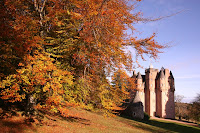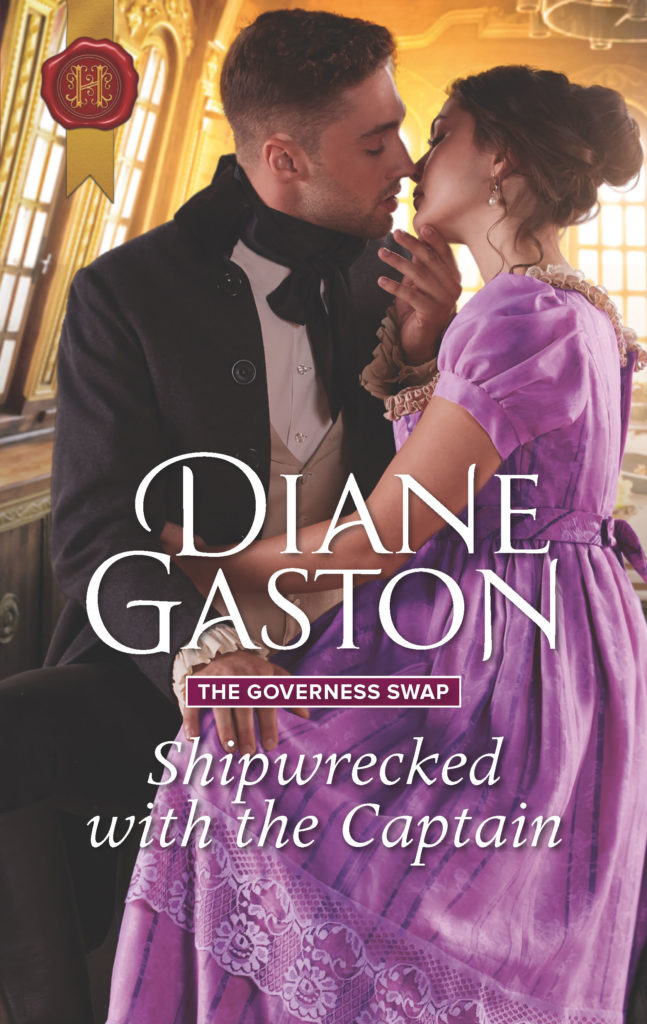One of the great things about writing historical romance is that I always come across something new in my research. Often such finds are serendipitous and always they give me the chance to add some historical detail that I otherwise would not have included.
This time I discovered a papillote iron.
I knew that ladies in the Regency curled their hair and I knew they used some sort of curling iron, but I supposed that the curling iron was more like our modern ones. it turns out it was a much cooler process.
The papillote iron looks a little like coal tongs or iron scissors with flattened ends.
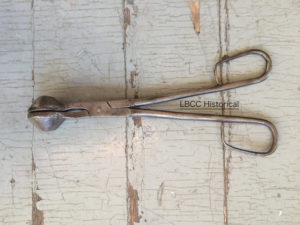
You’ve read of curling papers in Regency novels? It turns out they were used with a papillote iron. Curling papers were triangular shaped pieces of tissue paper used to shield the hair from the heat of the papillote.
First the papillote was heated with coals from the fireplace. Next a strand of strand of hair was selected and rubbed with pomade. The strand was then curled around a finger and wrapped in a triangle of tissue paper. The curl was heated by pressing it with the flat ends of the papillote iron. This process was repeated until all the strands of hair that need curling had gone through the process.
When the hair was completely cooled, the papers were pulled off and the result was the corkscrew curls so familiar to us who love the Regency era.

I could not find a good history on papillote curls except that the technique was used in the 1700s to curl wigs and help create the towering hairstyles of that era. The curls were brushed out, creating the volume. This portrait of the Duchess of Devonshire by Gainsborough (1785-87) is an example.

The name suggests French origin. This print from 1824 certainly supports that idea.

Here is a very detailed tutorial on a modern way to make papillote curls using tissue paper and a flat iron.
And another using an actual papillote iron from the time period
There are other ways to use paper to make curls. This technique is very similar to rag curls that my aunt taught me when I was a little girl, but these are with paper towels!
I have stick-straight hair and I’m so tempted to try one of these curling techniques. Maybe I’ll find out what it is like to have curls.
One last note. Papillote also refers to a cooking technique, in which the food is put into a folded pouch or parcel, often made of parchment paper, and then baked. But, since I am so-not-a-cook, I also knew nothing about that papillote.
Have you ever tried to create Regency-style curls? How did you do it?


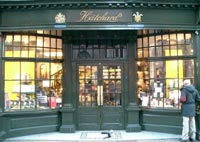

 As I was researching the Royal Crescent and the Circus, I discovered that a navy Admiral,
As I was researching the Royal Crescent and the Circus, I discovered that a navy Admiral, 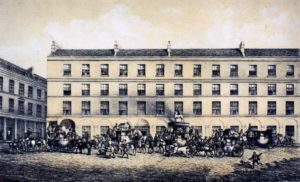
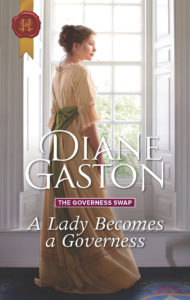 By the way,
By the way, 

